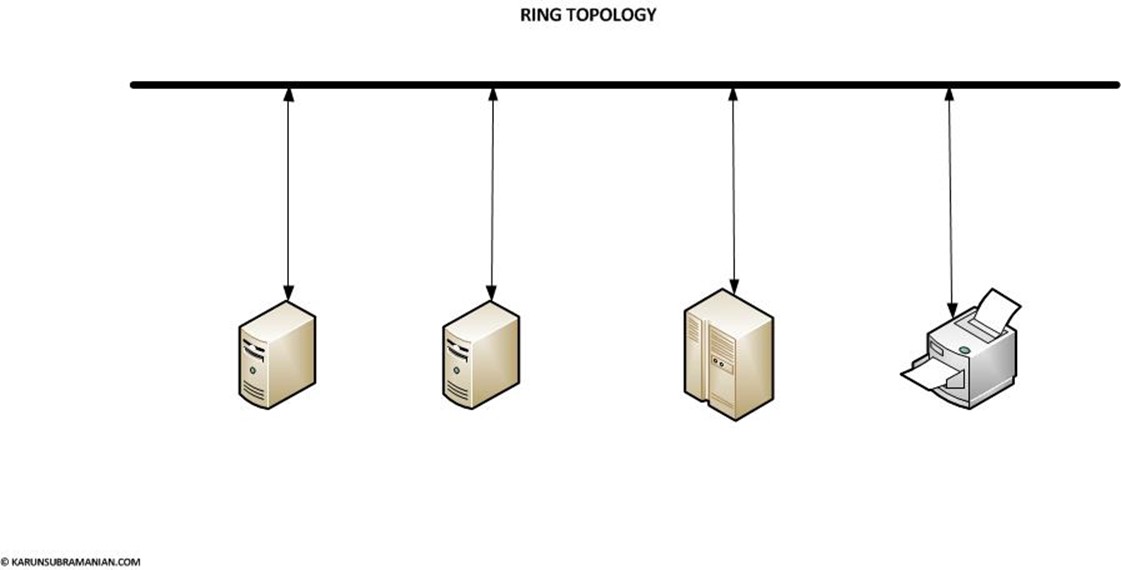ISO (International Standards Organization) came up with OSI (Open Systems Interconnect) Model ( ISO/IEC 7498-1) in1984 to address the following:
- Inter-operability between systems
- Reduce complexity in understanding Network processes
- Enable Vendors to focus on their layer of interest and not to worry about other layers
There are 7 layers in the OSI model
- Physical
-
Data Link
- Sublayer 1: MAC (Media Access Control)
- Sublayer 2: DLL (Data Link Layer)
- Network
- Transport
- Session
- Presentation
- Application
|
APPLICATION |
|
PRESENTATION |
|
SESSION |
|
TRANSPORT |
|
NETWORK |
|
DATA LINK |
|
PHYSICAL |
Data Encapsulation:
In OSI model, data from the source system travels from Application Layer down to the physical Layer, where it is transmitted to the destination system and travels upwards from Physical layer up to the Application Layer.
Data Encapsulation wraps the protocol information from one layer in the data section of another layer.
Layer 1: Physical
Describes the Networking Hardware portion of the Network such as Electrical Signals, Network Interface Cards and Cables.
Network Topologies are defined at this layer.
Star:

Mesh:

Ring:

Bus:

Topology comparison:
| Topology | Structure | Suitable Size of Network | Advantages | Disadvantages |
| Star | Nodes directly connect to a switch/hub/concentrator | Any size. This is the most common topology at present. | Easy to install and maintain. Network faults are easily isolated without affecting rest of the Network | All data communication must pass through the switch which can become bottleneck (also single point of failure) |
| Mesh | All nodes are interconnected resulting in multiple paths to all other nodes. | Typically implemented for connecting critical Network devices such as routers and switches | Eliminates single point of failure by providing multiple paths | Hard to Set up and maintain. Costly. |
| Ring | Nodes are connected using a continuous ring. All communications travel in a single direction around the ring. (Physically, each node is connected to a Mulistation Access Unit) | Common in Token Ring and FDDI. | Extremely low rate of collisions | Costly. Slower than Star Topology (but faster than Bus topology) |
| Bus | Nodes are connected to a single back bone. | Very small networks. Almost extinct. | Cheap | Not practical for large networks due to the media requirements. Single point of failure (backbone) |